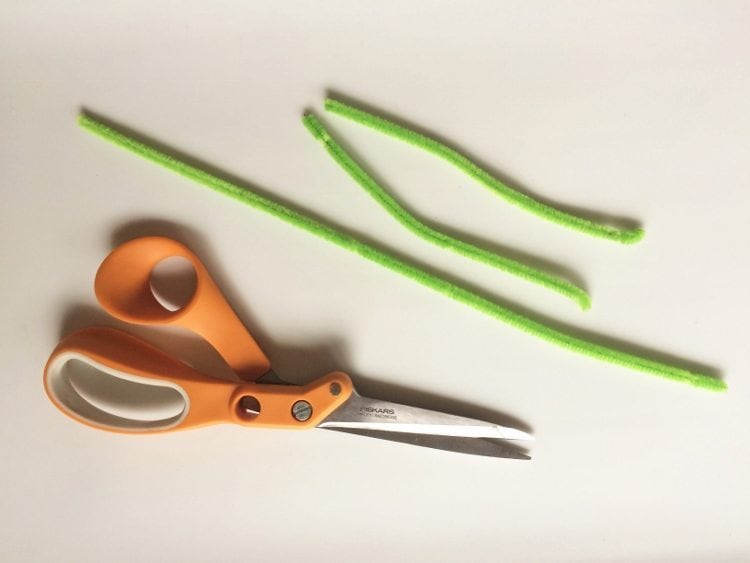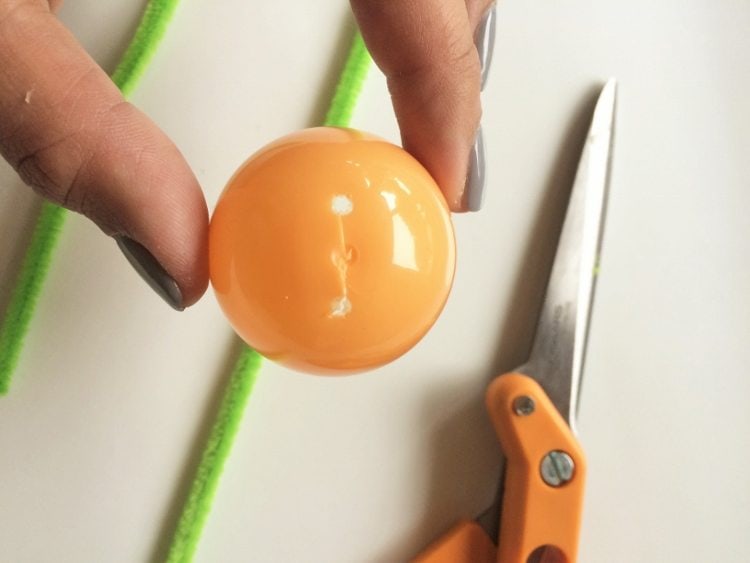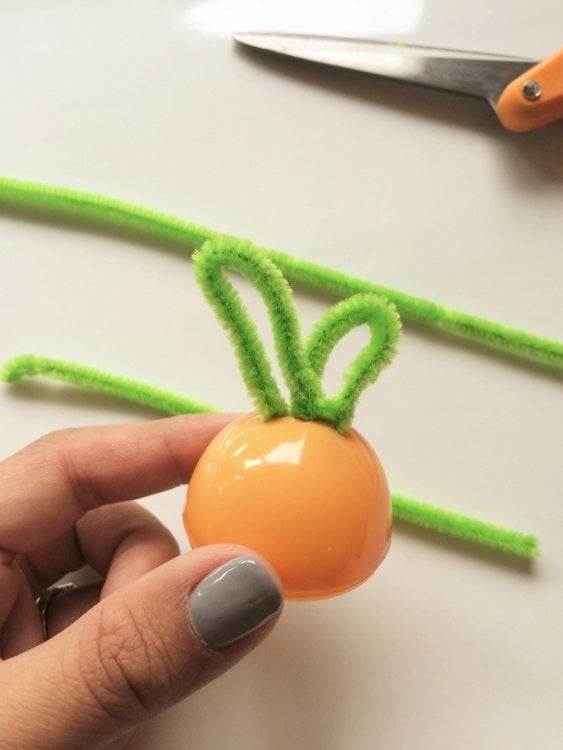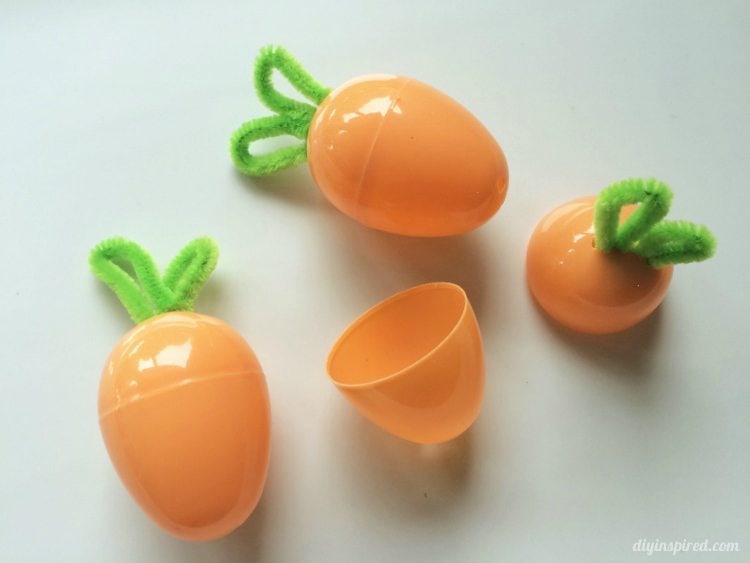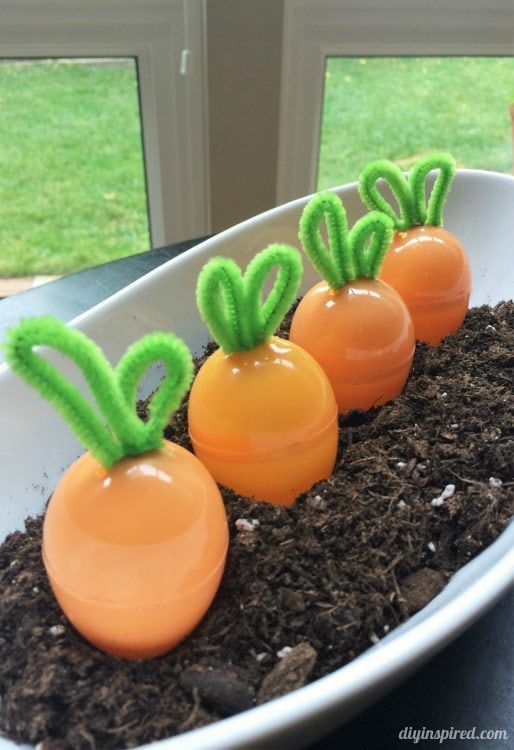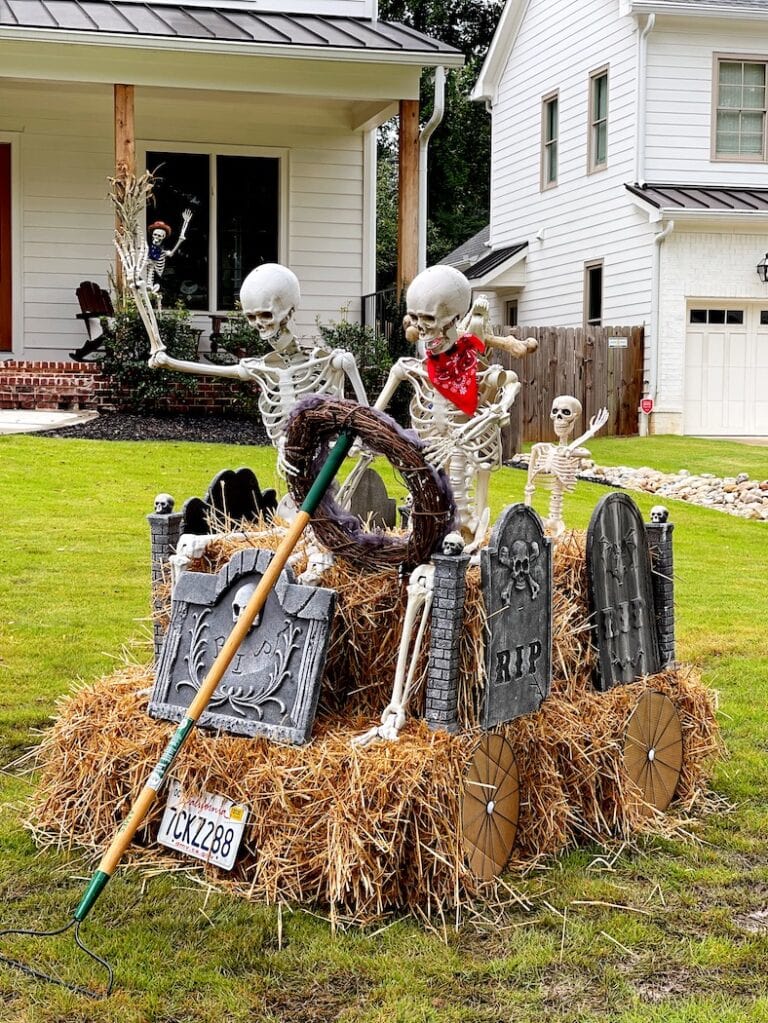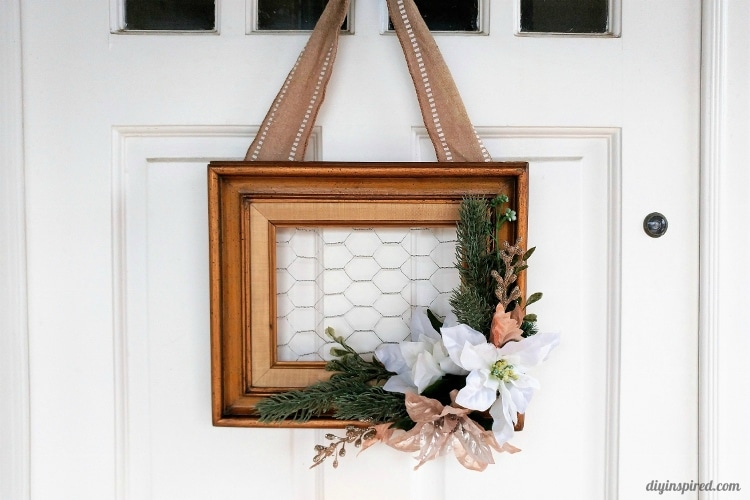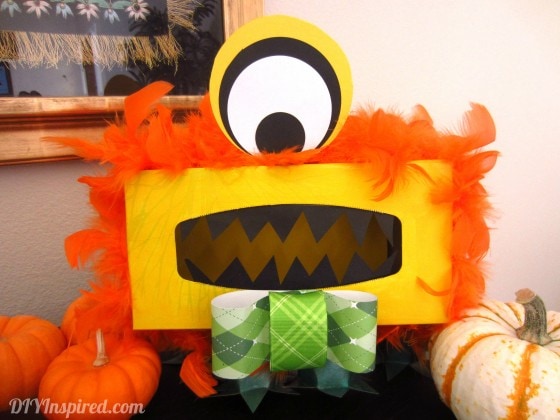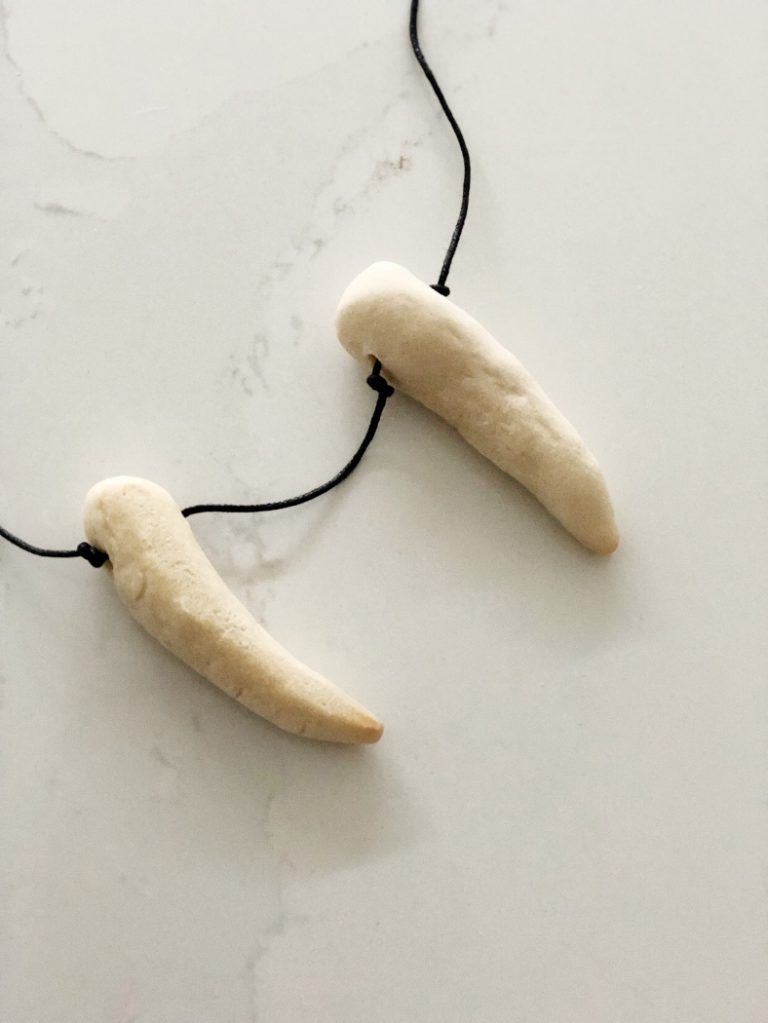DIY Carrot Easter Eggs
Make Your Own Carrot Easter Eggs
Inspired by eggs seen in Oriental Trading Company magazine, these cute carrot Easter eggs can be made from pipe cleaners and orange plastic eggs. Here’s how to make these adorable DIY Carrot Easter Eggs. You only need three materials.
Here’s What You Need
Time: 10-15 Minutes
Materials:
This materials list contains affiliate links. Any products purchase will help maintain this website at no extra cost to you! Thank you in advance!
These are so easy to make, and it actually took me just a few minutes. First, cut the green pipe cleaners in half. Each pipe cleaner will make two sets of carrot leaves.
Next, make “bunny ears” with one pipe cleaner. The lengths do not need to match.
Carefully cut the top of the wider half of the plastic Easter egg. Most plastic Easter eggs already have holes in them, which makes this part easy. Parents, please do this step for small children, as it is a little tricky to snip.
Carefully insert the pipe cleaner leaves into the slit.
With a little maneuvering, the leaves will stay put. Turn the egg upside down and tuck the pipe cleaner up against the plastic inside the egg.
Fill your eggs with candy and hide them in the yard or put them in an Easter basket!
Other Easter Crafts You Might Like:
- Toilet Paper Roll Bunny Craft
- Tips for Making DIY Moss Eggs
- How to Hollow Out an Egg
- Mini Plastic Cup DIY Easter Baskets
Ever Wonder How Plastic Easter Eggs Started?
The history of plastic Easter eggs is an interesting one, as they have become an integral part of Easter celebrations around the world. Here’s a brief overview:
Introduction of Artificial Eggs
The tradition of Easter egg hunts likely originated in Germany, where children would search for eggs hidden by the Easter Hare or Easter Bunny. In the 19th century, various materials were used to create decorative Easter eggs, including wood, porcelain, and papier-mâché. These eggs were often intricately painted or adorned with jewels and ribbons.
Emergence of Plastic Easter Eggs
The use of plastic in Easter eggs gained popularity in the mid-20th century due to its affordability, durability, and ease of mass production. Plastic Easter eggs allowed for larger-scale Easter egg hunts and became a staple in Easter celebrations, particularly in the United States. Plastic eggs are typically hollow and can be filled with candy, chocolates, or small toys, adding an element of surprise and excitement to Easter egg hunts.
Variety and Innovation
Over time, plastic Easter eggs have evolved to come in various sizes, colors, and designs. Some are transparent, while others are solid-colored or patterned. Manufacturers have introduced novelty plastic eggs with features such as glitter, sparkles, and even lights or sound effects. Some plastic eggs are designed to be reusable, allowing families to fill them with treats year after year, while others are meant for one-time use.
Environmental Concerns and Alternatives
While plastic Easter eggs are convenient and affordable, there are growing concerns about their environmental impact due to their non-biodegradable nature. In response, some individuals and organizations have advocated for eco-friendly alternatives, such as biodegradable or compostable Easter eggs made from materials like paper pulp or plant-based plastics. Additionally, some families choose to forgo plastic eggs altogether and opt for natural materials, such as real eggs dyed with natural dyes or wooden eggs that can be painted and reused.
Overall, plastic Easter eggs have become a beloved tradition for many families, adding joy and excitement to Easter celebrations, although there is increasing awareness about the need for sustainable alternatives.
03/16




